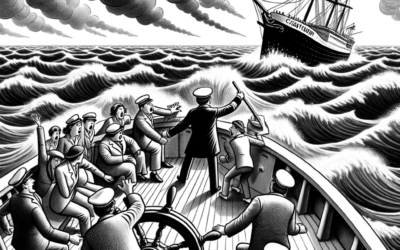Yesterday, a hundred megabyte drive was sufficient storage; today it’s in the terabytes. The drastic reduction of costs associated with data storage is allowing companies to save, compile, and sort to discover incremental performance of their people. This incessant need to measure, control, and create predictability within the business may be having a counter-intuitive effect on the company and its staff’s abilities to serve the customer.
In order to successfully use all this data, it needs to be converted into actionable information. Which means someone is entering the data, another is determining the relevancy, and your managers are reading it to take actions. What used to be a single document is now a dashboard full of meters, indicators, and controls. And it’s eating up lots of your organization’s energy and time. While you’re all assessing the data piles, who is serving the customer?
It might be helpful to think of this as Screen Time (data collection, information assessment, and dash board controls) verses Face Time (human-to-human interactions). What is your Screen Time to Face Time ratio? What is it for your front-line employees and their managers? If you’re like many companies, your supervisors are becoming less capable of managing people (Face Time) and more capable of managing information (Screen Time). Here’s the problem: As you try to move all this information to action, your people can no longer effectively engage customers. They have stopped building their people strengths by spending too much time on Screen Time.



